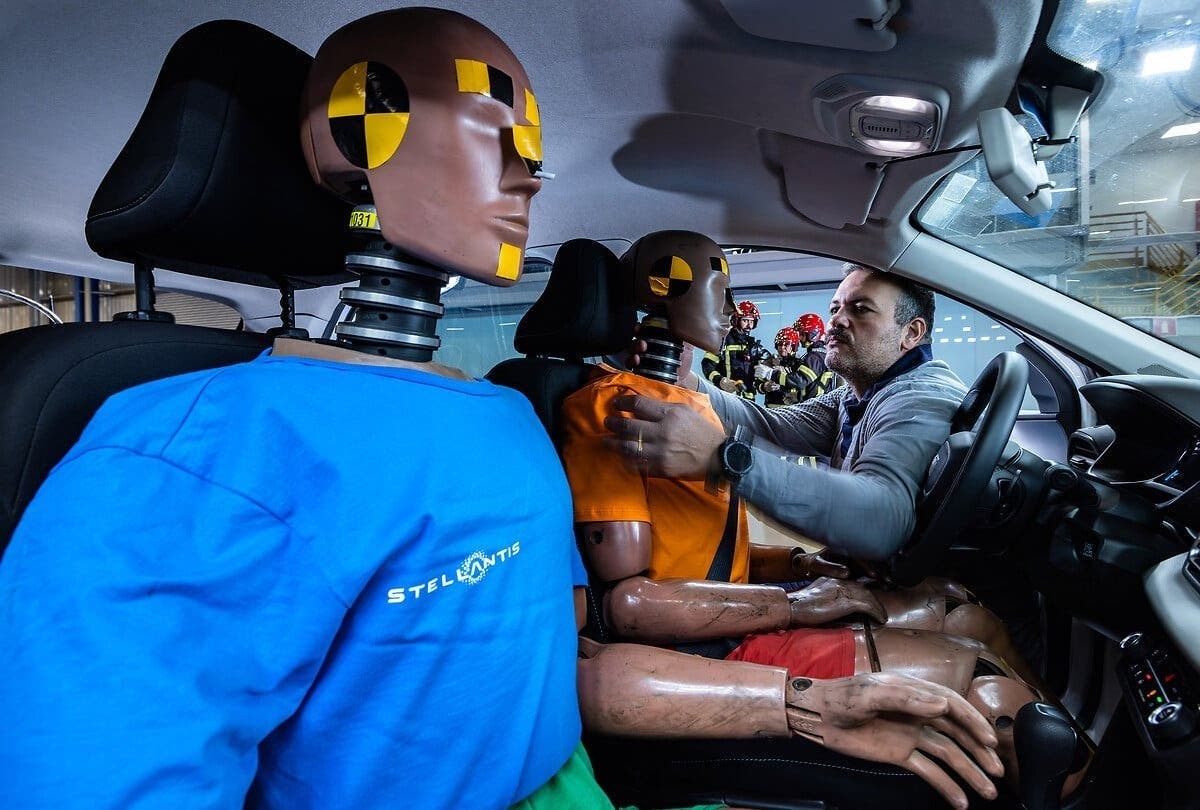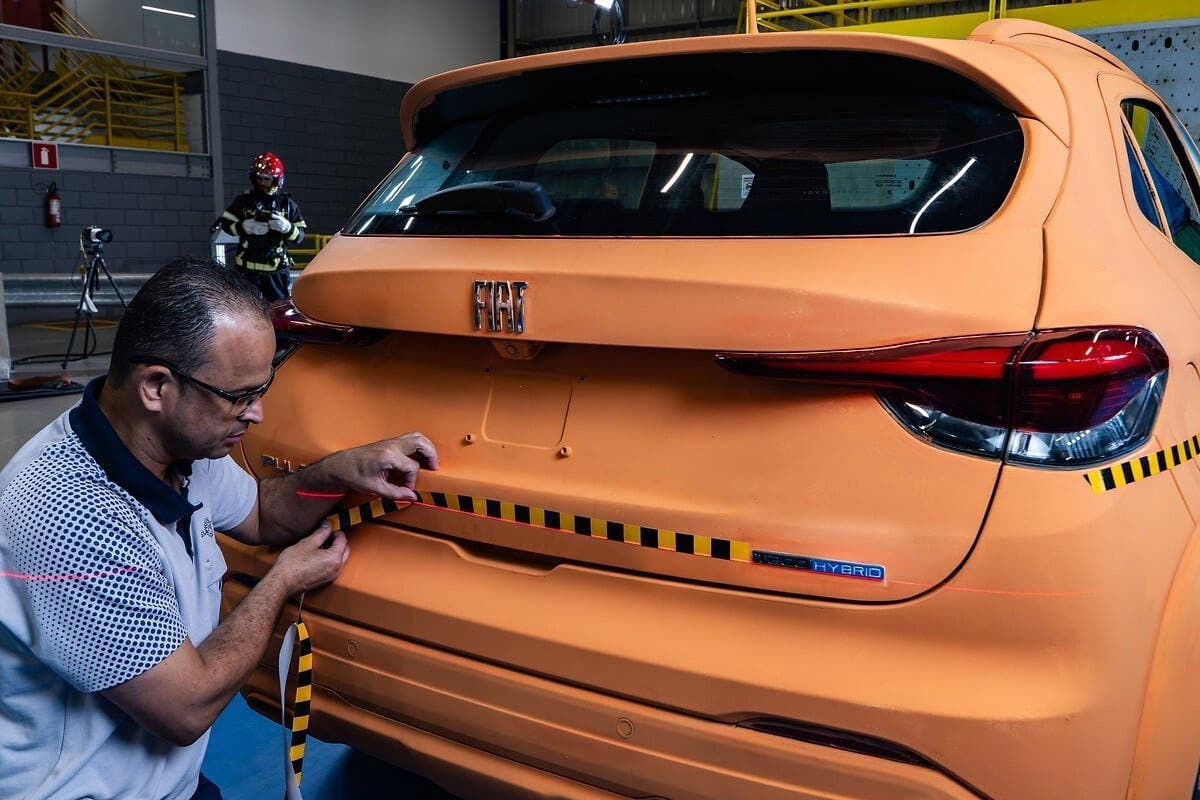On the occasion of his first official visit to Brazil as global CEO of Stellantis, Antonio Filosa inaugurated a new facility within the Betim Automotive Hub (MG), dedicated to crash testing on hybrid and electric vehicles. The new space represents an important step forward in terms of technology and operational capacity, strengthening the company’s commitment to local development of advanced safety solutions, regardless of propulsion type.
Stellantis inaugurates a new Safety Center for crash testing on electric and hybrid vehicles in Brazil

The facility, integrated into the Safety Center of the Betim plant, confirms South America’s centrality in Stellantis‘ electrification strategy. As explained by Emanuele Cappellano, president for South America, the investment highlights the group’s intention to strengthen its leadership in the region by focusing on safety, innovation, and sustainability. Along the same lines, Márcio Tonani, vice president of Technical Engineering Centers, emphasized how infrastructure enhancement is essential to provide solutions capable of exceeding customer expectations.
The new Safety Center is the most advanced crash test center in the Southern Hemisphere. Here, a team of over 50 engineers conducts tests on electric and hybrid vehicles following rigorous protocols. Impact tests are similar to those for combustion engine vehicles, but with particular attention to battery and electrical system safety.
Before impact, batteries undergo accurate visual inspections, electrical tests, and insulation checks. During the crash test, sophisticated systems monitor for potential short circuits, thermal runaway, or fire risks, ensuring total process control. After impact, the area is isolated and, together with the Fire Department, the technical team follows specific protocols for handling high-voltage vehicles.

Post-impact verifications include visual inspections and non-invasive checks to verify battery compartment integrity, with continuous monitoring of temperature and gases. In case of anomalies, fire suppression and containment systems automatically activate. Vehicles are then transferred to a secure and monitored area for at least 24 hours, via thermal cameras and recorders connected to online systems.
This data is shared in real-time with the safety team and Fire Department, enabling rapid intervention in case of problems. If necessary, protocols provide for vehicle cooling through immersion in a water tank designed for emergencies related to high-voltage batteries.
